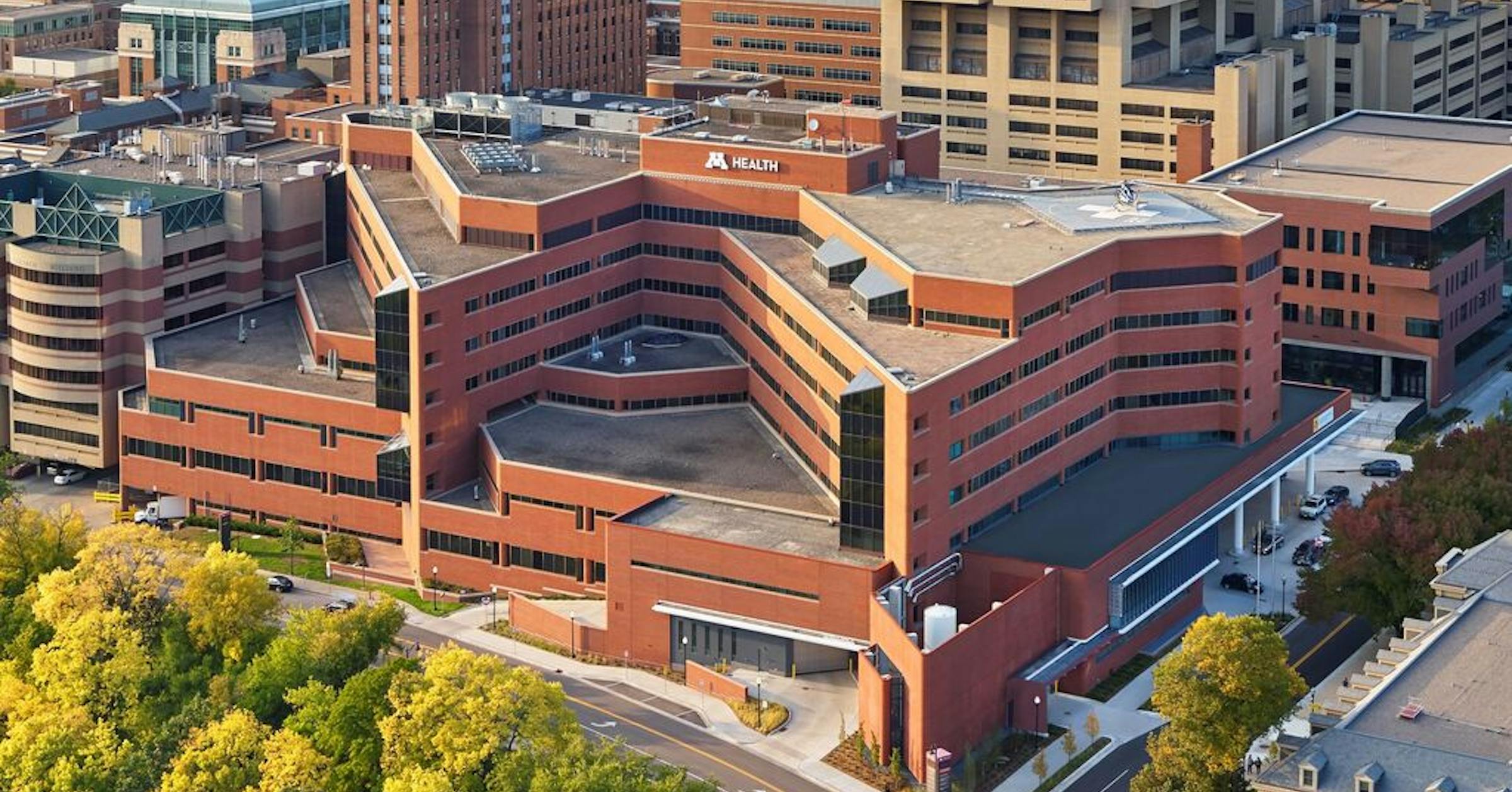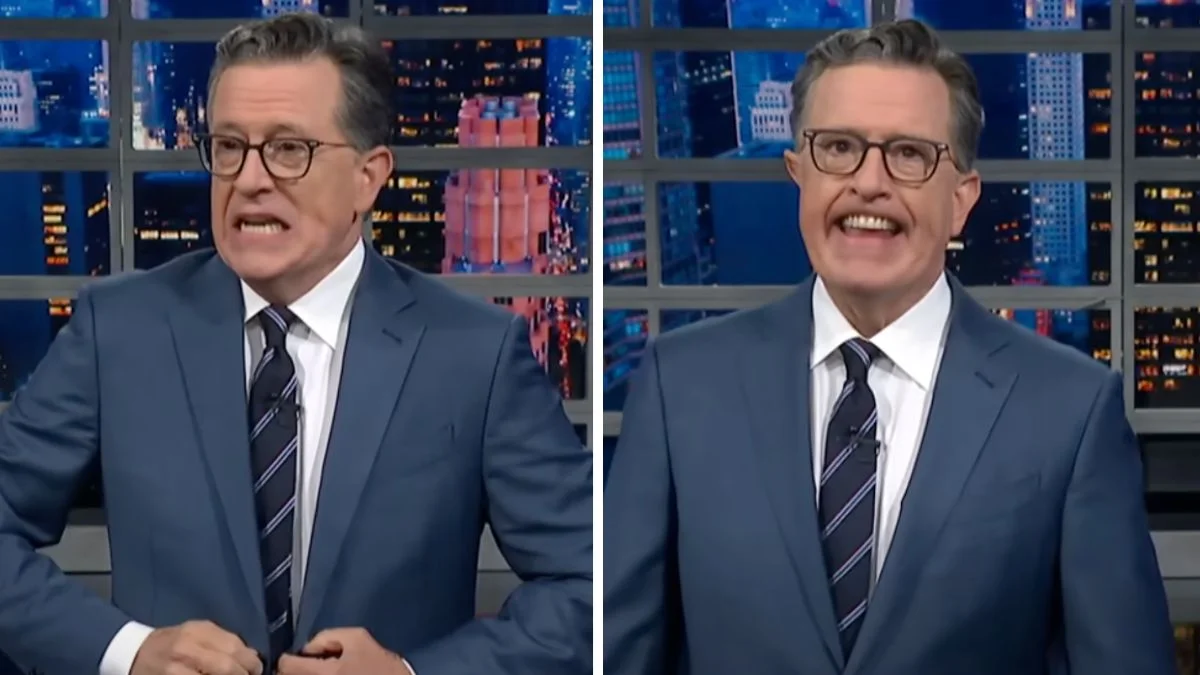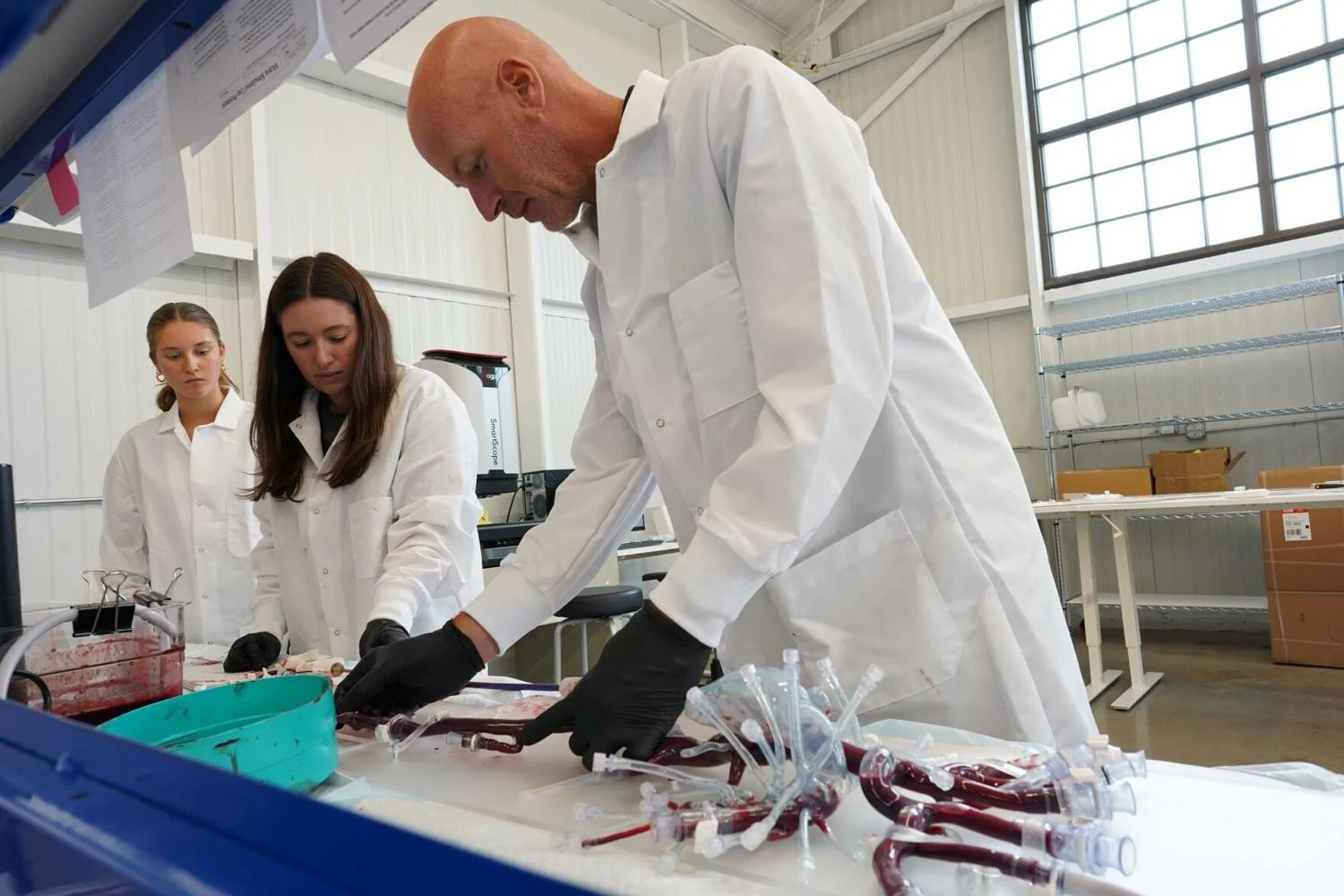
Essentia Health’s exit from merger talks raises tough questions about future funding of the academic health center.
By Christopher Snowbeck
The Minnesota Star Tribune
September 25, 2025 at 9:59PM
University of Minnesota Medical Center in Minneapolis in 2020. (Fairview Health Services)
Fairview is one of the state’s largest operators of hospitals and clinics, including Fairview Southdale in Edina and St. John’s in Maplewood.
The U runs the state’s largest and only public medical school. It’s had a hand in training about 70% of all physicians in Minnesota and offers unique specialty health services at University of Minnesota Medical Center.
Fairview acquired University of Minnesota Medical Center in a financial bailout in 1997. The two have worked closely ever since, although tensions have flared at times over how to split profits and operate efficiently.
Related Coverage
Another key player is University of Minnesota Physicians (UMP), which employs the 3,600 physicians, health care workers and staff. Many work at M Health Fairview hospitals and clinics.
Who’s not at the table?
In January, the U and Essentia had called for creating an “all-Minnesota health system solution” that would include a $1 billion joint investment over five years. Dr. David Herman, the CEO at Essentia Health, would have led the new nonprofit group that would have merged assets of Essentia, Fairview and certain health care operations at the U.
Sources told the Star Tribune the attorney general’s office agreed in August to release Essentia from the discussions.
Essentia and the U stressed in statements this week they are continuing to talk about ways to collaborate though offered few details on what that could mean.
To secure the long-term future of the medical school, the university said it “will be exploring all options as part of a path forward that includes partnerships with healthcare providers in the Twin Cities and across Minnesota.”
Why does this matter?
Fairview has provided critical funding that supports medical education at the U, as well as high-tech specialty care services and research.
The current level of payments — roughly $100 million per year — are not sustainable, Fairview says. This will remain a key point of any negotiation.
It’s not clear what would happen if this funding is reduced under a new deal. The U, presumably, would either need to find alternate sources of funding or cut costs.
U doctors say there’s urgency to get a new agreement soon.
about the writer
Christopher Snowbeck
Reporter
Christopher Snowbeck covers health insurers, including Minnetonka-based UnitedHealth Group, and the business of running hospitals and clinics.
See More



